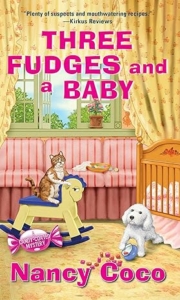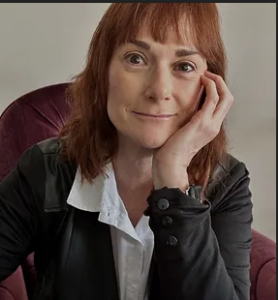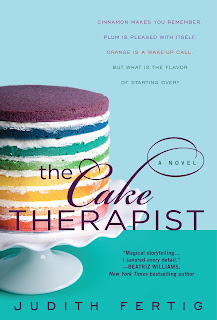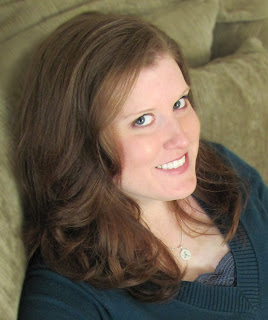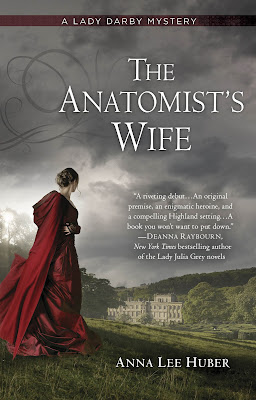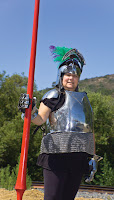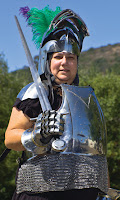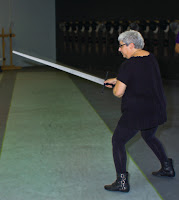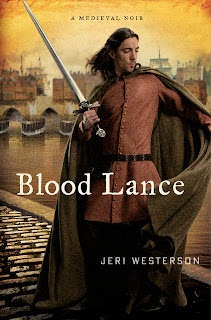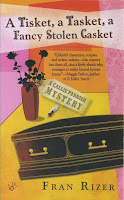Special Guest – Barbara Barrett
Today we welcome long-time friend and fellow mystery author, Barbara Barrett to the blog. She is chatting about her latest release, Murder on the Court, which is the second book in her Unscripted Detective series. But first she shares a bit about the television series Parenthood and why she found it to be a great study in character development. Take it away, Barbara…
 Comments on Parenthood
Comments on Parenthood
I watch a lot of television. Even while I’m writing. Bad habit I developed as a teen doing homework. I don’t apologize. I learn a lot from the medium. Recently, I binged Parenthood, which originally aired from 2010-2015. I’m hooked on the Braverman family: the Baby Boomer parents, their four kids and significant others and their offspring. They spoke their minds, sometimes on top of each other; they meddled in each other’s lives; and their love for each other got them through the worst life had to offer.
Fortunately, I was by myself when I watched the finale in the sixth season. It tore me up.
Each character was well-defined and different from the others. Some were likeable. A couple (the father and one of the daughters) I wanted to shake some sense into when they inserted their opinions into the others’ lives. One experienced breast cancer, and her story took me back twenty-two years to my own experience, especially the part about losing her hair.
I’ve been justifying the time spent with this family by telling myself it was an incredible study in character development, which a writer can always use
What have I learned that I can share with you?
- Even the characters I considered most likeable had their down days, their weak points.
This is probably the most powerful lesson learned because it challenges the reader to revise the opinion they’ve already formed about a character. It can be jolting, because we all like our heroes. We don’t like to see them do or say anything negative, but these are the actions and qualities that make them human. And that is the bottom line in character development.
- Conflict occurs when a character assumes.
Some characters didn’t even realize they were stepping out of bounds when they assumed they knew best what another character should do. Assumptions were further ramped up when the character doesn’t even realize they were interfering. For the writer, though, situations like this are ripe for exploiting human problems dealing with each other.
- Conflict occurs when a character acts unilaterally.
Sometimes a character not only assumed they knew best, they acted on that opinion without asking permission or checking with those affected. In these instances, as the reader we know trouble is on the horizon. These situations raise the suspense as we wait for the next shoe to fall.
- Even the less likeable characters had their good points, and when those emerged, the story became all the more compelling.
Just as I was ready to write off a character that didn’t appeal to me, they did something nice, something I didn’t expect. That surprise forced me to reevaluate how I felt about that character. Readers like to pigeonhole characters because that helps understand those characters, and positive actions we weren’t expecting for us to reconsider those pigeonholes.
- The most everyday, innocuous event or condition generates different responses.
The husband came home from work early because he wanted to surprise his wife recovering from breast cancer with a gift. But all he succeeded in doing was to throw her off her routine, catching her in her most vulnerable moment when she thought she was alone. So she took offense at the gift and he didn’t understand. He came home early. She wasn’t ready to see him. And out of the best of intentions came conflict. And conflict builds interesting, memorable characters.
Great character insights! And here’s a little bit about Barbara’s background and an overview of Murder on the Court, Barbara’s latest book.
Barbara Barrett writes the Unscripted Detective Mystery series. Murder on the Court, which is out now, is the second book in the series. She has previously written the Nailed It Home Reno Mysteries series (seven books) and the Mah Jongg Mystery series (nine books). She has also published eleven contemporary romance novels and two novellas. Degrees include a BA from the University of Iowa and an MA from Drake University. She previously worked for the State of Iowa HR system. She resides in Iowa and Minnesota. Married, she has two adult children, eight grandchildren and two great grandchildren.
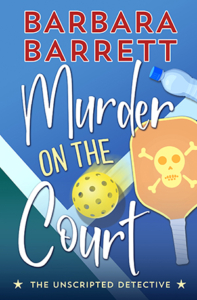 Murder on the Court
Murder on the Court
No good deed goes unpunished, as television star Marla Dane learns the hard way. The recently fired TV detective, trying to figure out her next move at her sister’s Minnesota condo, reluctantly agrees to sub as Water Girl at a weekend pickleball match. Which makes her the first suspect of many when the team captain turns up dead.
Eloise Wallace, owner of a local PR company, will never receive the title Boss of the Year. She’s dragged her staff, her old college roommate, and even her ex-husband and ex-employees onto her pickleball team. No wonder their success on the court is so sad. They all have reasons for wanting her dead, and Marla and former cop Rex Alcorn are enlisted to figure out who poisoned her.
As Marla’s sister Kitty distracts them with a new obsession, pie baking, Marla and Rex find their suspects crusty and evasive. The victim excelled at making everyone around her miserable, so what did the killer have to gain by staying in her life — or ensuring her death? The answer may be more toxic than either of them bargained for.
Murder on the Court is available at
Thanks for joining us today, Barbara. We loved Murder on the Court and we look forward to reading the next installment and finding out what Marla is up to next!



 Hi, ya’ll, thank you for letting me visit. I can’t believe how quickly summer has flown by this year. We’re in the dog days of summer now, which are technically July 3rd until August 11th, although that date has changed with the changing of the calendars. It’s still the hottest time of the year for the northern hemisphere. Are you feeling it? It’s hot and muggy here and it’s so easy to get heat stroke if you’re not careful.
Hi, ya’ll, thank you for letting me visit. I can’t believe how quickly summer has flown by this year. We’re in the dog days of summer now, which are technically July 3rd until August 11th, although that date has changed with the changing of the calendars. It’s still the hottest time of the year for the northern hemisphere. Are you feeling it? It’s hot and muggy here and it’s so easy to get heat stroke if you’re not careful.